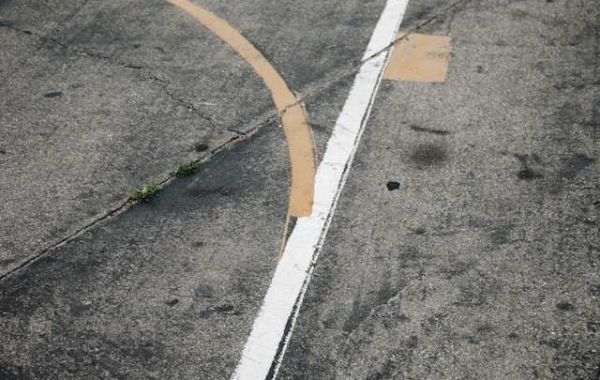When it comes to enhancing outdoor spaces, choosing between stamped concrete and pavers can be a challenging decision. Both options offer unique benefits and aesthetic appeal, but they differ significantly in terms of cost, maintenance, installation, and overall look. Let's delve into a detailed comparison to help you determine which option is better suited for your needs.
Cost
Stamped Concrete: Stamped concrete is generally more cost-effective upfront. The installation process involves pouring concrete, adding color, and stamping it with patterns to mimic the look of more expensive materials like stone or brick. Because the process is relatively straightforward and requires fewer materials, the initial cost can be lower compared to pavers.
Pavers: Pavers, on the other hand, can be more expensive initially. Each paver must be individually placed and leveled, which requires more labor and time. Additionally, high-quality pavers can be pricier than concrete, especially if you opt for natural stone or premium materials.
Maintenance
Stamped Concrete: Maintenance for stamped concrete is relatively simple but crucial to ensure longevity. Regular sealing every 2-3 years is necessary to protect the surface from stains, weather damage, and fading. Minor cracks can occur over time due to settling or temperature changes, which may require patching.
Pavers: Pavers are known for their durability and ease of maintenance. If a paver becomes damaged or stained, it can be individually replaced without affecting the rest of the surface. Weed growth between the joints can be a common issue, but it can be managed with regular cleaning and sealing. Additionally, pavers don’t usually require frequent sealing like stamped concrete.
Installation
Stamped Concrete: The installation process for stamped concrete is quicker and less labor-intensive. Once the concrete is poured and smoothed, the stamping and coloring process is done while the concrete is still wet. After it cures, a sealant is applied. The entire process can typically be completed within a few days.
Pavers: Installing pavers is a more time-consuming process. It involves preparing the ground, laying a base material, and then placing each paver individually. The joints are then filled with sand or another stabilizing material. While this method takes longer and is more labor-intensive, it allows for greater flexibility and easier repairs.
Aesthetic Appeal
Stamped Concrete: Stamped concrete offers a wide variety of patterns and colors, mimicking the look of natural stone, brick, tile, or even wood. It provides a seamless surface with a more uniform appearance. Customization options are vast, allowing homeowners to create unique designs tailored to their preferences.
Pavers: Pavers also offer a broad range of styles, shapes, and colors. The individual pieces create a classic, timeless look that can complement any architectural style. Pavers provide a more textured and natural appearance, with the added benefit of varied designs through different laying patterns.
Durability and Longevity
Stamped Concrete: Stamped concrete is highly durable, especially when properly sealed and maintained. However, it is prone to cracking due to ground movement or extreme weather conditions. These cracks can be repaired, but they may still be noticeable.
Pavers: Pavers are incredibly durable and can withstand heavy loads and harsh weather conditions. Their segmented nature allows for natural movement, reducing the risk of cracking. If a paver does crack or chip, it can be easily replaced without disrupting the overall design.
Conclusion
In the debate between stamped concrete and pavers, the best choice ultimately depends on your specific needs and preferences. Stamped concrete is a cost-effective, versatile option that offers a seamless, custom look with easier initial installation. However, it requires regular maintenance and can be prone to cracking.
Pavers, while initially more expensive and labor-intensive to install, offer unmatched durability, easy maintenance, and a classic, timeless appearance. Their flexibility in design and repair makes them a long-term investment worth considering.
By weighing these factors, you can make an informed decision that best suits your aesthetic desires, budget, and lifestyle, ensuring your outdoor space is both beautiful and functional for years to come.







